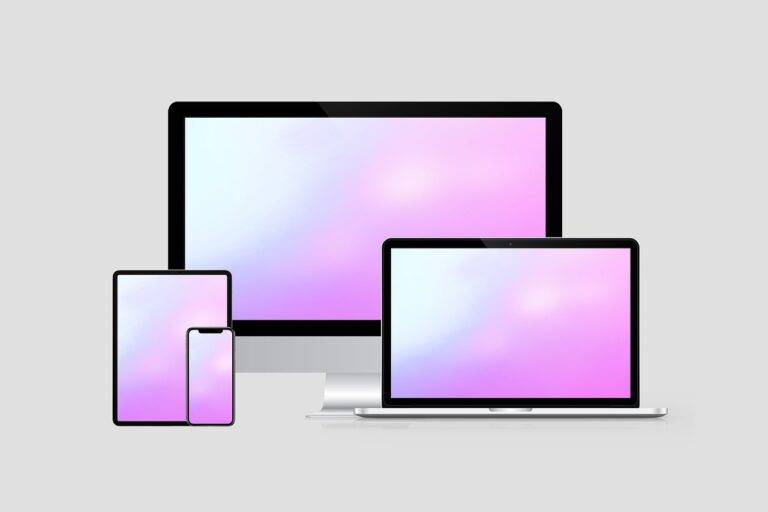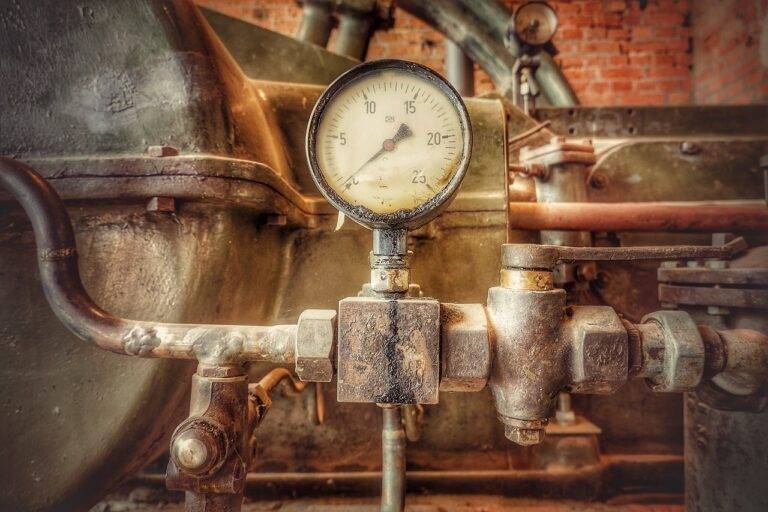The Influence of 3D Printing in Manufacturing
3D printing, also known as additive manufacturing, has revolutionized the traditional methods of production in various industries. This innovative technology allows for the creation of complex designs and intricate prototypes with precision and efficiency. The evolution of manufacturing with 3D printing has paved the way for customization and rapid prototyping, enabling companies to bring products to market faster than ever before.
With 3D printing, manufacturers are able to reduce material waste and optimize their supply chain by producing components on-demand. This on-demand production model not only saves time and resources but also allows for greater flexibility in meeting changing consumer demands. As the technology continues to advance, the evolution of manufacturing with 3D printing is expected to further streamline production processes and drive innovation across industries.
The Impact of Additive Manufacturing on Production Processes
Additive manufacturing has revolutionized production processes across various industries by offering unparalleled design flexibility and speed. Companies can now create complex geometries and intricate structures that were previously impossible with traditional manufacturing methods. This capability not only enhances product aesthetics but also improves functionality and performance, giving businesses a competitive edge in the market.
Moreover, additive manufacturing has significantly reduced lead times for producing prototypes and end-use parts. With the ability to swiftly iterate designs and quickly bring products to market, manufacturers can respond promptly to customer demands and adapt to changing trends. This agility in production processes translates to cost savings and increased efficiency, making additive manufacturing a valuable asset for modern businesses seeking to stay ahead in today’s fast-paced environment.
Advantages of Incorporating 3D Printing in Manufacturing
One key advantage of incorporating 3D printing in manufacturing is the ability to produce complex geometries that traditional manufacturing methods struggle to achieve. With 3D printing, intricate designs can be translated into physical objects with ease, allowing for the creation of unique and innovative products. This flexibility in design opens up a world of possibilities for manufacturers looking to differentiate their offerings in the market.
Another benefit of using 3D printing in manufacturing is the potential for cost savings. By utilizing additive manufacturing techniques, companies can reduce material waste and optimize production processes. Additionally, the ability to create prototypes quickly and affordably enables faster iteration and product development cycles. This not only accelerates time-to-market but also lowers overall manufacturing costs in the long run.
• One key advantage of incorporating 3D printing in manufacturing is the ability to produce complex geometries that traditional manufacturing methods struggle to achieve.
• With 3D printing, intricate designs can be translated into physical objects with ease, allowing for the creation of unique and innovative products.
• This flexibility in design opens up a world of possibilities for manufacturers looking to differentiate their offerings in the market.
• Another benefit of using 3D printing in manufacturing is the potential for cost savings.
• By utilizing additive manufacturing techniques, companies can reduce material waste and optimize production processes.
• Additionally, the ability to create prototypes quickly and affordably enables faster iteration and product development cycles.
• This not only accelerates time-to-market but also lowers overall manufacturing costs in the long run.
What is the main advantage of incorporating 3D printing in manufacturing?
The main advantage of incorporating 3D printing in manufacturing is the ability to create complex geometries and intricate designs that would be difficult or impossible to achieve with traditional manufacturing methods.
How has additive manufacturing impacted production processes?
Additive manufacturing has revolutionized production processes by reducing lead times, minimizing material waste, and enabling customization on a mass scale.
Can 3D printing be used for mass production?
Yes, 3D printing can be utilized for mass production as it allows for rapid prototyping, tooling, and production of end-use parts in a cost-effective manner.
What are some industries that have successfully integrated 3D printing into their manufacturing processes?
Industries such as aerospace, automotive, healthcare, and consumer goods have successfully integrated 3D printing into their manufacturing processes to enhance efficiency and innovation.
Are there any limitations to incorporating 3D printing in manufacturing?
While 3D printing offers numerous advantages, there are limitations such as size constraints, material properties, and post-processing requirements that need to be considered when incorporating it into manufacturing processes.





